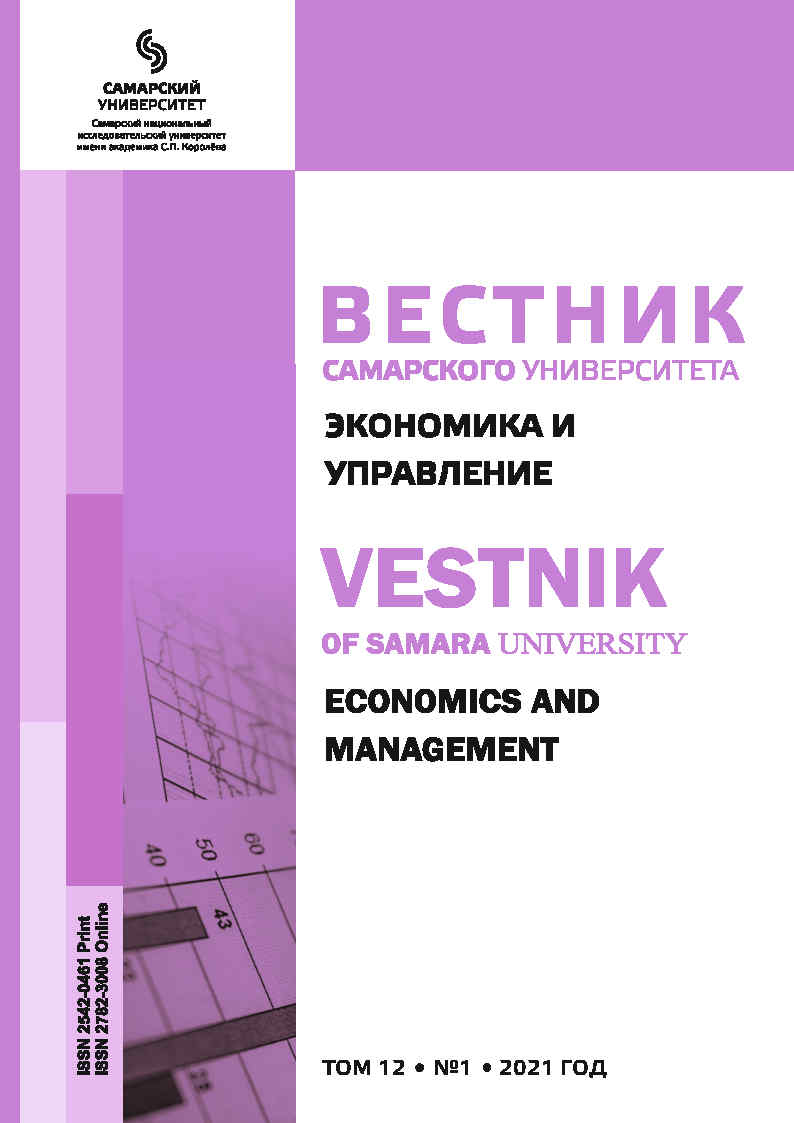Global Innovation Index (GII) 2020: Russia's place in the world of innovation
- Authors: Podbornova E.S.1, Melnikov M.A.1, Berdnikov V.A.2
-
Affiliations:
- Samara National Research University
- Volga Region State University of Service
- Issue: Vol 12, No 1 (2021)
- Pages: 37-42
- Section: ECONOMICS
- URL: https://journals.ssau.ru/eco/article/view/8641
- DOI: https://doi.org/10.18287/2542-0461-2021-12-1-37-42
- ID: 8641
Cite item










